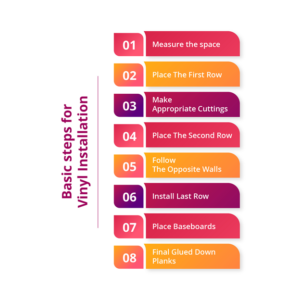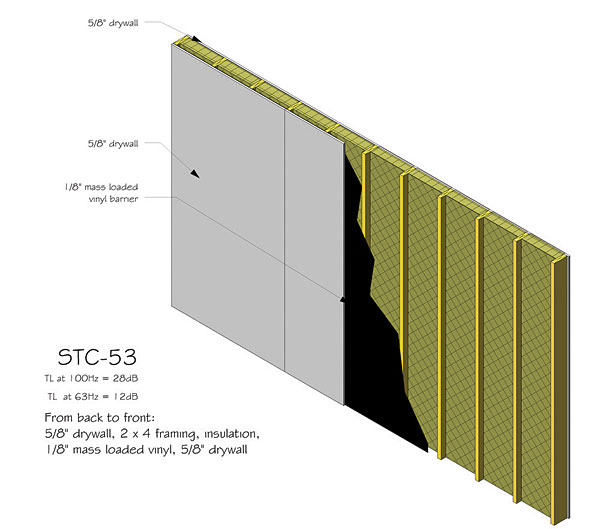

The benefit of MLV is that it performs really well in almost all conditions. You can then put this drywall up as usual (sealing everything with Green Glue of course). The easiest way to work with it is to buy a large roll of MLV (Amazon link) and then fix it to a sheet of drywall. It can be very heavy when working with the whole roll, but it’s fine when cut into smaller pieces. Pros of MLVįor the most part, MLV is pretty easy to apply. But if you buy in bulk, such as this 5 gallon bucket (Amazon link), you can save around 20%. While this isn’t a massive issue, it’s worth bearing in mind when planning your project timeline. Green Glue takes around 30 days to fully cure, meaning you won’t get the best results until then. As Green Glue is applied as a liquid, it’s ideal for fitting into really small gaps.

Sound works much like heat: it can escape from event he smallest gaps. This makes it a useful addition to soundproofing projects because it fills in for weaker areas. After all, this is what you’ll primarily be working against if blocking out sounds like TV, music, and voices.īut Green Glue is great against low frequency sounds too. Many soundproofing products are most effective against high and medium frequency sounds. I recommend using 2 tubes per 16 square feet for the best results. To apply it, you just need to squeeze it all over a surface. If you choose the second option, you’ll need a dispensing gun (Amazon link). Here’s a list of my pros and cons of both products to make it clearer. When it comes to deciding on the performance of both products, it’s worth considering more than their STC.įor example, I also recommend considering things like price, ease of application, and the frequencies of sound they work against.

Of course, for best results, I’d always recommend using both MLV and Green Glue as part of a number of other methods. But using them both together will result in an STC of around 60, which is much better. I think it’s fair to say that both products have a similar STC, as the Green Glue includes 2 extra layers of drywall. However, adding in 2 tubes of Green Glue between 2 sheets of drywall, on each side, can raise the STC to around 55. The higher the number, the better the structure isolates sound.įor example, a normal stud wall with 2 sides of 5/8” thick drywall will have an STC of around 40-45, depending on other factors.Īdding a layer of MLV into the wall can improve its STC to around 50. STC is defined as how well a structure isolates sound. Perhaps the only way to really compare the 2 products is to understand their sound transmission class (STC). They both cover different aspects of the key principles of soundproofing. MLV adds mass while Green Glue dampens vibrations. Obviously, the greater the mass the more it’ll prevent a surface from vibrating.Īs you can see, it’s not really possible to compare MLV and Green Glue because they both perform different functions within soundproofing. Generally, you’ll find 0.75lbs, 1lb, and 2lb versions. MLV’s mass is measured in pounds per square foot. It’s a popular choice for soundproofing walls, floors, and ceilings, and comes in several weights. This is a benefit because the more mass a structure has the less it can vibrate anyway. This essentially blocks sound waves from passing through a structure.Īlso, MLV simply helps to add more mass to a structure. In short, limp mass doesn’t vibrate when sound waves make contact with it. MLV is what’s known as limp mass, which you can understand in more detail by watching this video. It’s very flexible, but it’s also very dense and limp. It does this pretty well, which is why it’s a popular choice. In a soundproofing project, you should use plenty of Green Glue on surfaces to reduce the level of sound transfer through a structure. This happens because the sound waves make contact with the product and expend their energy trying to make it vibrate.Īs energy can’t be destroyed, it’s converted into heat energy instead. Much like acoustic foam, Green Glue converts sound waves into heat energy. In turn, it prevents vibrations from passing through a structure because they can’t make the product vibrate. It does this by never fully drying, meaning it retains a level of elasticity even after it’s fully cured. It’s used for dampening vibrations before they become sound waves. Green Glue is a viscoelastic compound, similar to caulk.


 0 kommentar(er)
0 kommentar(er)
